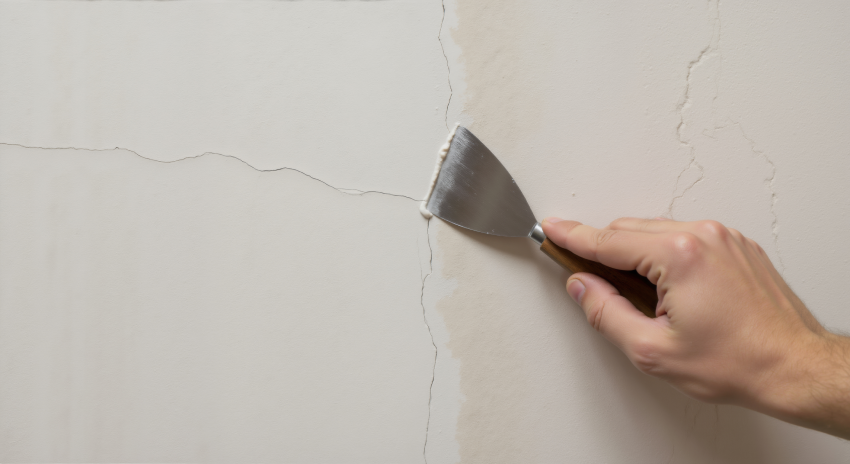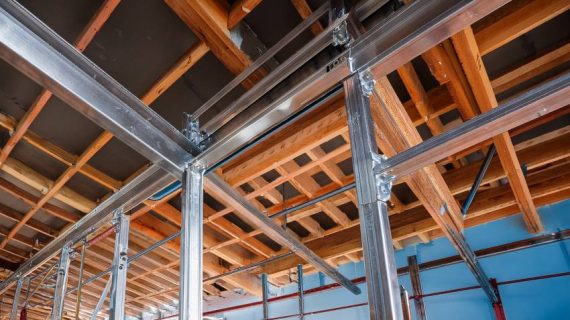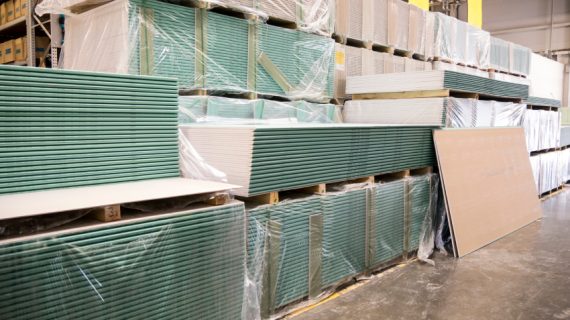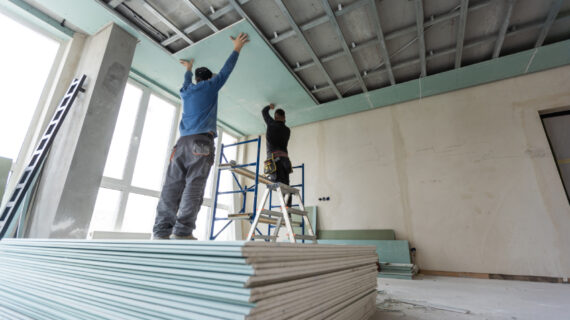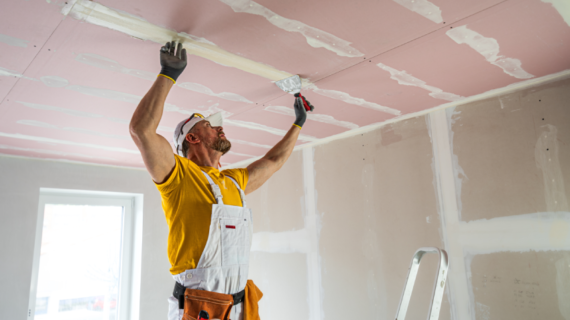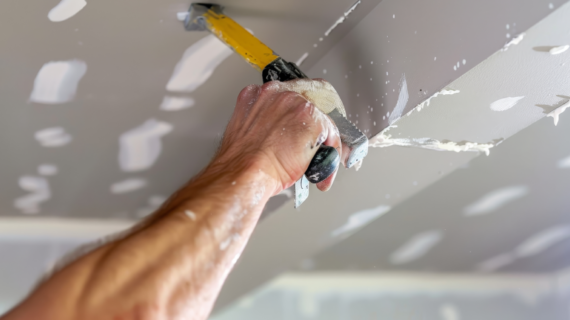Drywall Repair: Fix Cracks, Holes and Damage with Ease
Nothing ruins the look of a smooth wall faster than unappealing drywall damage. Whether it’s hairline cracks, gaping holes, or dents from everyday wear and tear. Fortunately, most drywall repair jobs are simple if you know the right techniques. In this guide, we’ll walk you through fixing everything from minor blemishes to major damage, ensuring your walls look flawless again.
How to Fix Drywall Damage
Before grabbing your tools, assess the extent of the drywall damage. Small nail holes and dings require different treatment than large holes or stress cracks. The key is using the right materials and following a methodical approach.
For best results, always work with clean, dry surfaces. Remove any loose debris, peeling paint, or crumbling drywall before starting repairs. If you’re unsure which products to use, at Mada Gypsum we offer reliable solutions for drywall repair.
Repairing Drywall Cracks
Drywall cracks often appear around door frames, ceilings, or seams due to settling or temperature changes. Here’s how to fix them properly:
- Widen the crack slightly with a utility knife (about 1/8 inch wide) to create a clean groove for the compound.
- Fill the crack with drywall joint compound, pressing it deep into the gap.
- Apply mesh tape over the wet compound, smoothing it flat with a putty knife.
- Cover with another thin layer of compound, feathering the edges to blend with the wall.
- Sand lightly once dry, then prime and paint for an effortless finish.
For recurring cracks, consider whether structural movement is the cause. You may need to reinforce the area with additional screws or flexible caulk before patching.
Fix and Patch Big and Small Drywall Holes
Repairing drywall holes requires different approaches, depending on their size. For small holes like nail pops or dents, simply scrape away loose material, fill with drywall joint compound, smooth it flush, then sand and touch up with paint once dry. Medium holes (up to 6 inches) need more attention. Cut a clean square around the damage, install a backing board secured with screws, then fit and secure a new drywall patch before taping and mudding the seams. When dealing with large holes (bigger than 6 inches), you’ll need to remove the damaged section completely by cutting back to the nearest studs, install a new drywall piece screwed firmly into the studs, then tape all seams, apply compound, and sand smooth.
How to Tape and Seal a Drywall Patch
A smooth, invisible drywall patch depends on proper taping and sealing. Follow these steps:
- Apply a thin layer of compound over the seams.
- Press drywall tape firmly into the compound, removing air bubbles.
- Cover with another layer of compound, feathering the edges outward.
- Let it dry completely, then sand lightly.
- Repeat with a second coat if needed for a perfectly smooth finish.
Always use a bright light at an angle to spot imperfections before sanding.
Drywall repair doesn’t have to be intimidating. With the right techniques and materials, you can fix drywall cracks, drywall holes, and other damage like a pro. Whether you’re patching a small ding or replacing a large section, high-quality drywall joint compound and proper taping make all the difference.
For premium materials and expert advice, explore Mada Gypsum’s range of products. And if you need help, contact us. We’re here to help you achieve flawless walls every time.

